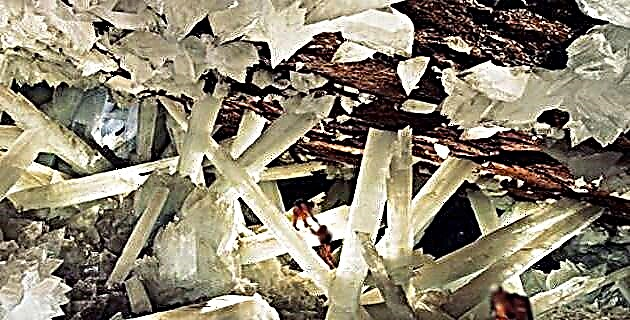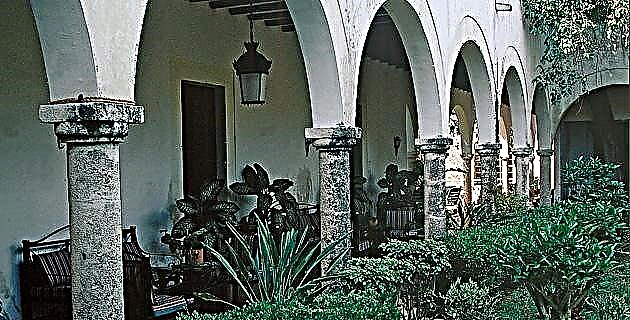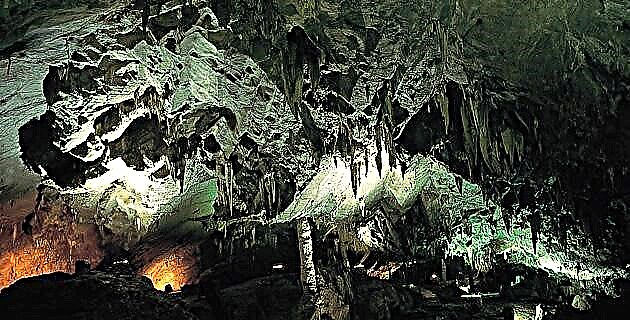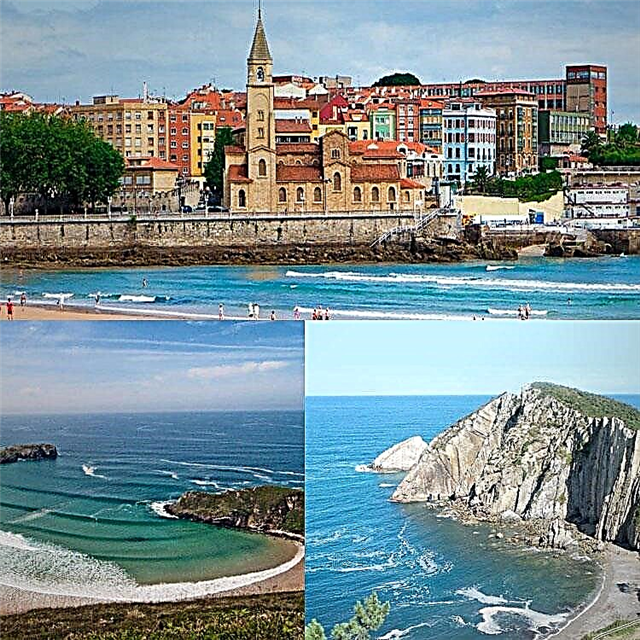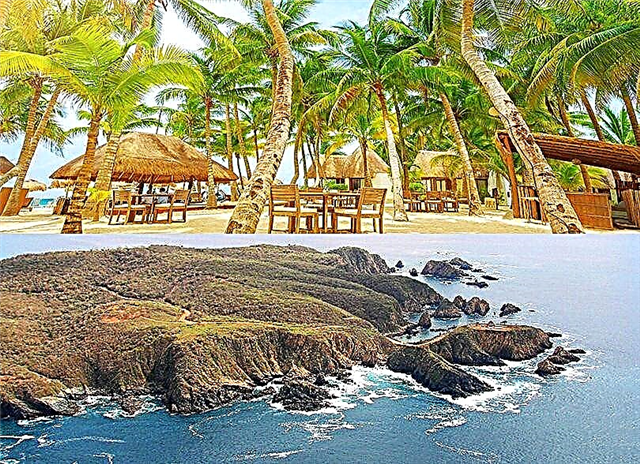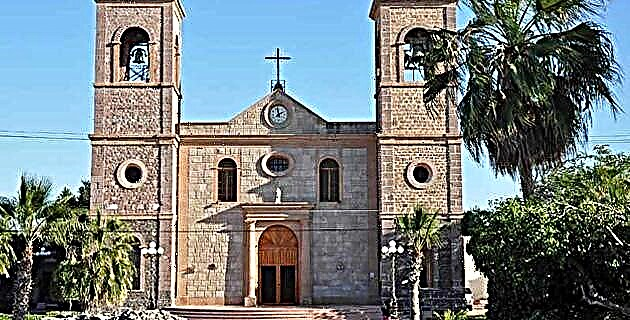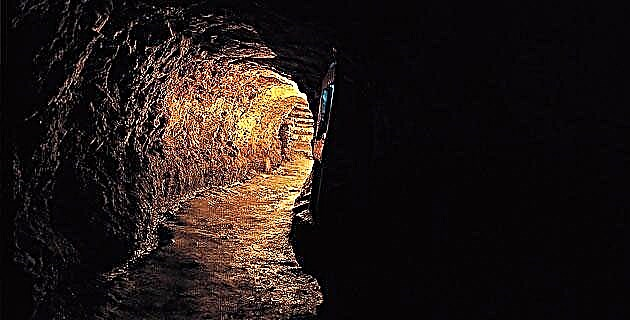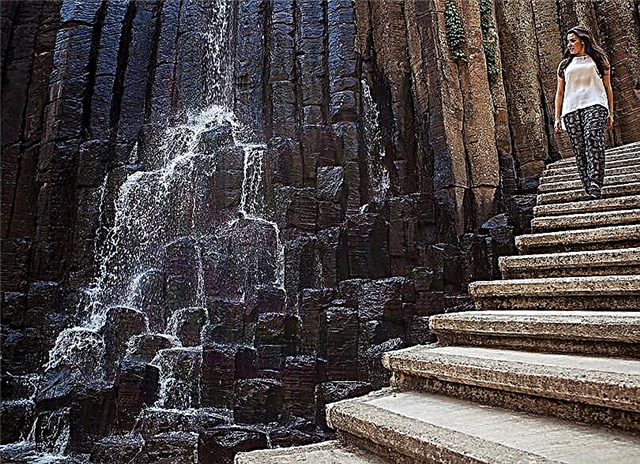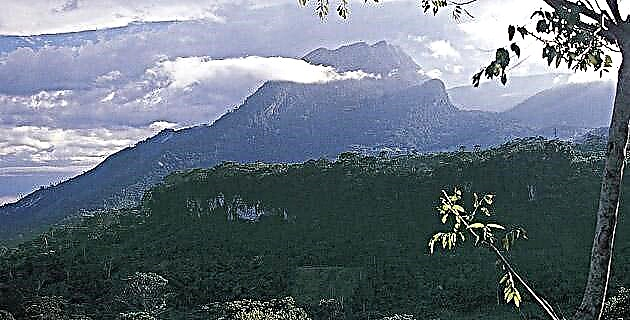
When we pronounce the name of Tabasco, scenes of jungle landscapes, mighty rivers, vast swamps, Mayan cities and the colossal Olmec heads come to mind.
And it is that Tabasco is a state with great natural, cultural and recreational attractions, where man and nature share an adventure towards progress. There are seventeen municipalities in Tabasco and four geographical regions where they are located, each with its own characteristics and identity.
In the Centro region is the capital, Villahermosa, surrounded by a lavish natural environment. Although it preserves the tranquility of the province, it is a modern and progressive city that offers multiple entertainment options. Its hotel infrastructure, museums, parks, shopping centers and rich gastronomy, in addition to the friendly treatment and hospitality of its inhabitants, guarantee a stay without equal.
In the south of the state, and less than an hour from Villahermosa, excitement and adventure await the visitor in Teapa, the gateway to the Sierra Region. Ascend the Madrigal hill, immerse yourself in the crystalline waters of the Puyacatengo River or take a trip to the underground world in the Coconá and Las Canicas caves, are a few options for the nature lover. In the town of Tapijulapa, whose inhabitants live off agriculture and wickerwork, you can witness an ancestral ceremony in the Villa Luz grotto during Lent. For those who seek communion of the spirit with nature, the place to visit is the former convent of Santo Domingo de Guzmán in Oxolotán, a unique vestige of the New Spanish era in Tabasco.
In the extreme west, forming part of La Chontalpa, are Cárdenas and Huimanguillo, two municipalities that have a fascinating history handed down by the Olmecs and that also have countless waterfalls, lagoons and islands covered with mangroves, where you can practice fishing, sports aquatic tours, ecotourism tours and photographic safaris.
Leaving Villahermosa heading north, the church of Nacajuca welcomes us to the land of the Chontales, land of artisans and musicians where fine embroidery and ceramics are made. Further on is Jalpa de Méndez - birthplace of Colonel Gregorio Méndez, who fought against the French intervention -, renowned for its craftsmanship of carved gourds and exquisite sausages. On the same road, the Cupilco church draws attention for its facade and towers decorated with bright colors.
In Comalcalco the only Mayan city built with baked bricks is located, as well as the plantations that produce the best cocoa in the world. A tour of its haciendas and its homemade chocolate factories is an enriching experience that should not be missed.
Eating is an adventure of flavor in the Paraiso restaurants of El Bellote and Puerto Ceiba, which is complemented by marimba music, boat rides and the splendid sunset of the tropical coast. Playa Azul, Pico de Oro and Miramar are some of the many beaches and recreational centers that Centla offers for the visitor's entertainment and relaxation.
Lavish and fertile land, with an enormous diversity of flora and fauna, the Los Ríos Region is the ideal place for the traveler, the tourist and the explorer. Emiliano Zapata, Balancán and Tenosique are municipalities where the celebration of carnival makes the joy overflow. In this region, you can tour the Mayan cities of Pomoná and Reforma, navigate the rapids of the Usumacinta River and enjoy exquisite piguas al mojo de ajo.
This is just a small sample of how much Tabasco has to offer the visitor, who will enjoy the warm welcome of the Tabasco people and discover a natural heritage like no other in Mexico.
Source: Unknown Mexico Guide No. 70 Tabasco / June 2001

